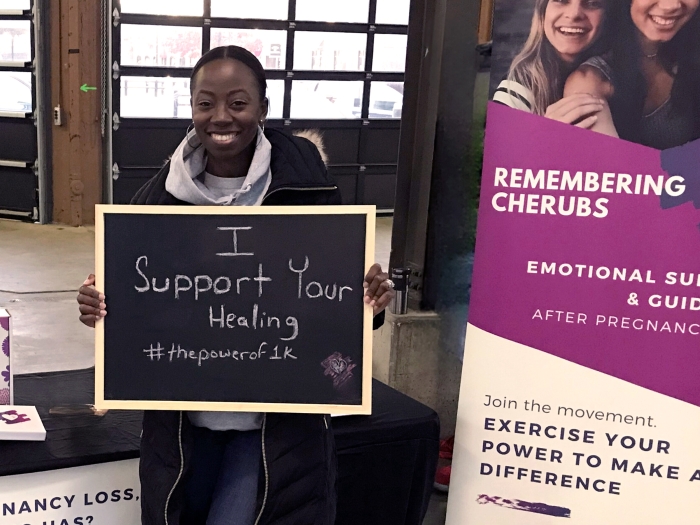LARC use by women in high-deductible health plans rose faster than use by other women after Affordable Care Act cut cost.
7:44 AM
Author |

Getting a birth control implant used to cost some women hundreds of dollars, if they were among the nearly half of privately insured Americans covered by a health plan with a high deductible that they were responsible for paying.
But a new study in the April issue of Health Affairs shows that after the Affordable Care Act's no-cost birth control provision took effect in 2013, women in these high-deductible health plans (HDHPs) opted for long-acting contraception even more than women with other types of health plans.
The study's findings have important policy implications, because employers now have the ability to opt out of the birth control portion of the ACA, following a Supreme Court case decided in 2020. Many employers have shifted to HDHPs to hold down their overall health benefit costs.
The new data show that between 2013 and 2017, the use of long-acting reversible contraception devices (LARCs) increased 35% more among women in HDHPs than it did among women enrolled in other plans, the study finds.
This difference was on top of an already growing trend. Women with both types of coverage opted for LARCs more and more each year from 2010 to 2017, choosing to receive an intrauterine device or an implant placed beneath their skin and avoid having to remember to take birth control pills. The rate of the yearly increase in LARC use accelerated in both groups after the ACA made all forms of birth control available without out-of-pocket cost in 2013.
The study's authors, led by Nora Becker, M.D., Ph.D., of the University of Michigan, show that before the ACA provision took effect, women in HDHPs paid anywhere between $119 and $580 for a LARC, though the amount depended on whether or not they had met their plan's yearly deductible with other types of health spending. By contrast, women with other private plans paid between $53 and $122 for a LARC. After 2013, both groups received their LARC with an average cost of about $25, to cover aspects of LARC placement not covered by the ACA.
"Our results highlight how much a women's choice of birth control is affected by the out-of-pocket cost of birth control," says Becker, an assistant professor of in the Division of General Medicine at the U-M Medical School's Department of Internal Medicine. "The women who faced the highest costs before the ACA mandate increased their use of LARC methods the most. If many employers now choose to opt out of the mandate going forward, women in high-deductible plans will be the most affected."
She continues, "Our results also have implications for the possible negative consequences of enrolling patients in high-deductible health plans in the first place. In this case, the high out-of-pocket cost of LARC methods before the mandate severely inhibited women from using them, despite the fact that we know these methods have tremendous health and economic benefits for women."
In addition to Becker, the study's authors are Nancy L. Keating and Lydia E. Pace of Harvard Medical School and Brigham and Women's Hospital.
Paper cited: "ACA Mandate Led To Substantial Increase In Contraceptive Use Among Women Enrolled In High-Deductible Health Plans," Health Affairs. DOI: 10.1377/hlthaff.2020.01710

Explore a variety of healthcare news & stories by visiting the Health Lab home page for more articles.

Department of Communication at Michigan Medicine
Want top health & research news weekly? Sign up for Health Lab’s newsletters today!





